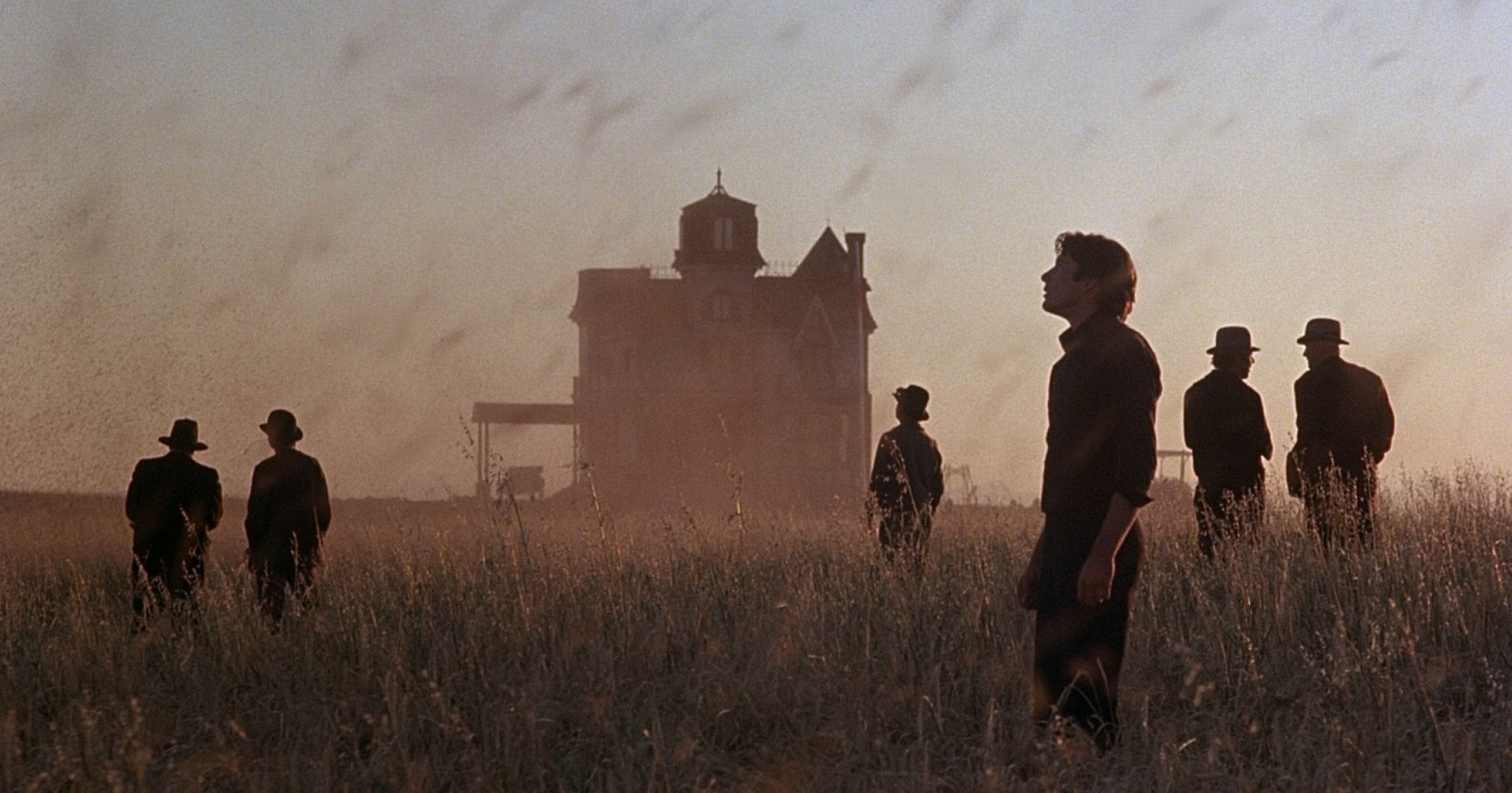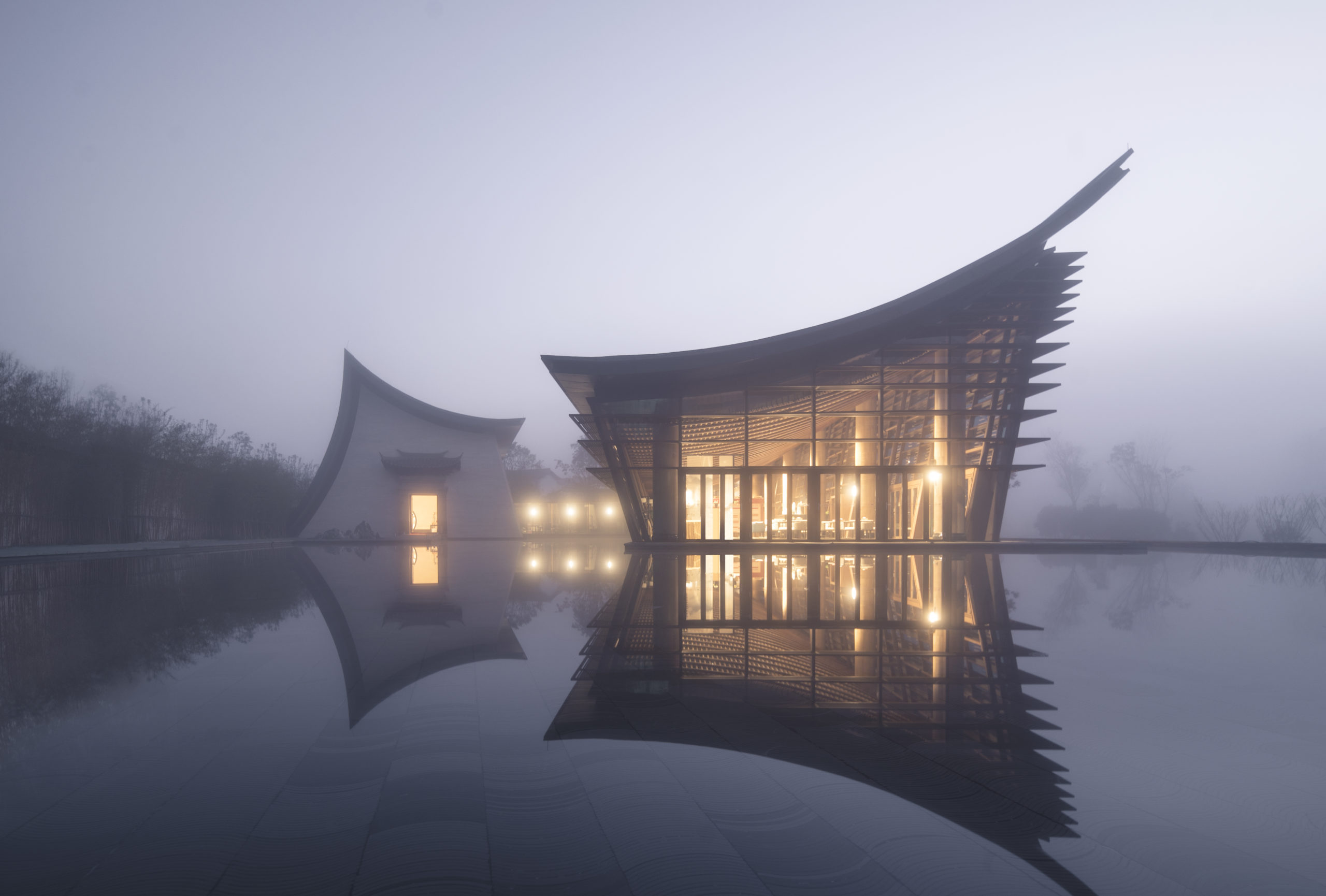Architects: Showcase your next project through Architizer and sign up for our inspirational newsletter.
Over the years, the travel and hospitality industry has had a significant and mostly negative impact on both global and local environments. Worldwide energy consumption, waste production and biodiversity destruction are all dramatically affected by the construction and operation of hospitality venues.
As we enter an era where such negative impacts can no longer go unchecked, the industry has begun to take a professional and often personal responsibility for the damage and destruction these venues cause. A combination of trends — continued development of sustainable technologies and materials, the implementation of broad “green” initiatives and active research to gain a better understanding of climate — are catalyzing a reduction in both short and long term environmental effects.
The following collection highlights a variety of hospitality venues that are leading examples of sustainability. The designers behind these projects are aiming to prove the environment doesn’t have to suffer for the sake of beautiful architecture and design.
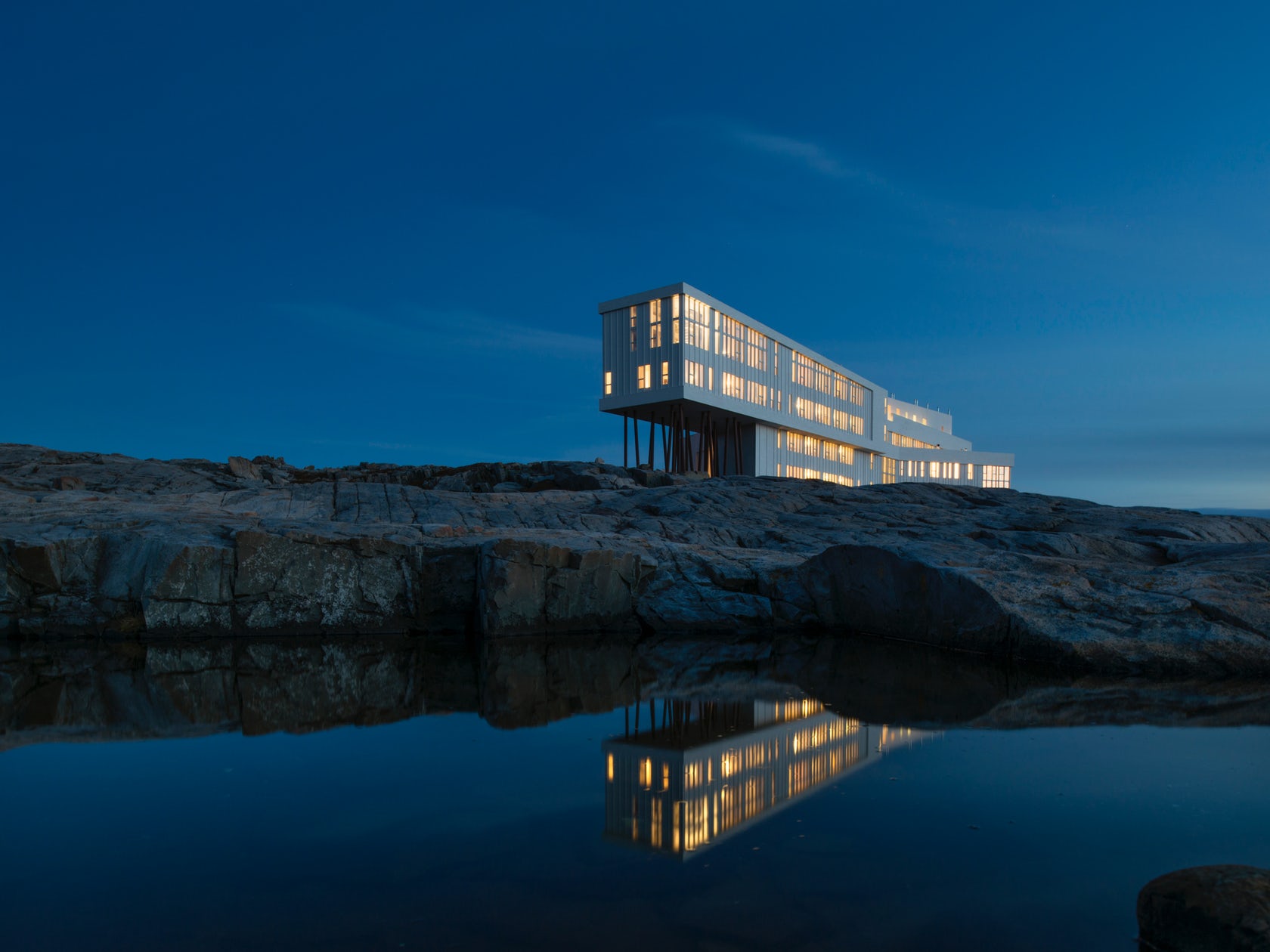
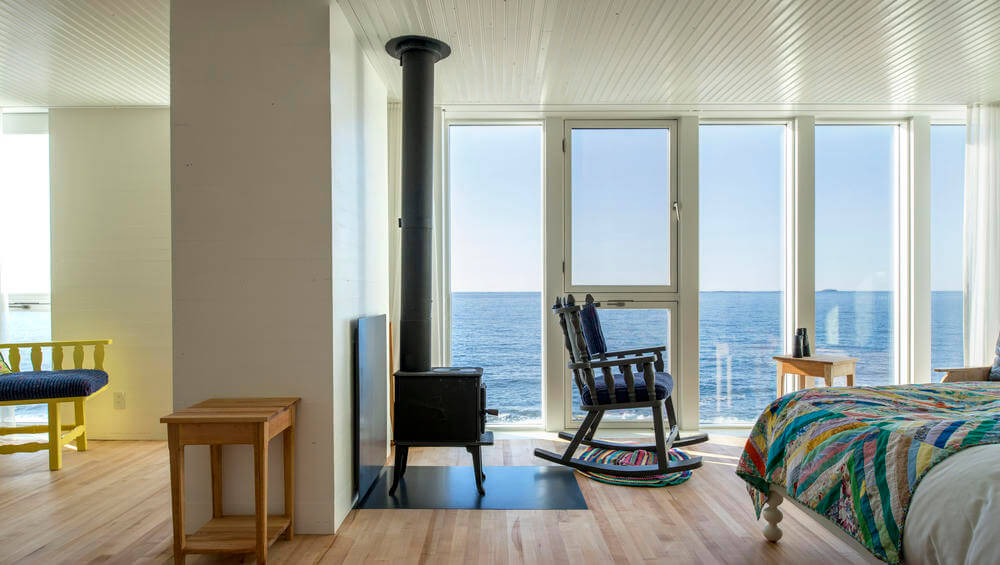
Fogo Island Inn by Saunders Architecture, St. John’s, Canada
Inspired by Atlantic Canadian outport architecture, this incredible feat of architecture is filled with the handiwork of the locals. Traditional outport furniture, handcrafted quilts and woven rug have all be created using techniques which were once-disappearing arts, now given new life and purpose. The brainchild of high-tech entrepreneur and native Newfoundlander Zita Cobb.
Fogo Island Inn was conceived as a way to save one of Canada’s oldest rural cultures. With the crash of the cod industry and the dwindling population, the idea was to build a lodge that belonged to the local people — a social business that funnels all surplus profits back into Fogo Island. The Inn has been a huge success since its construction in 2013, and its elegance and dramatic appearance have remained as striking as ever.
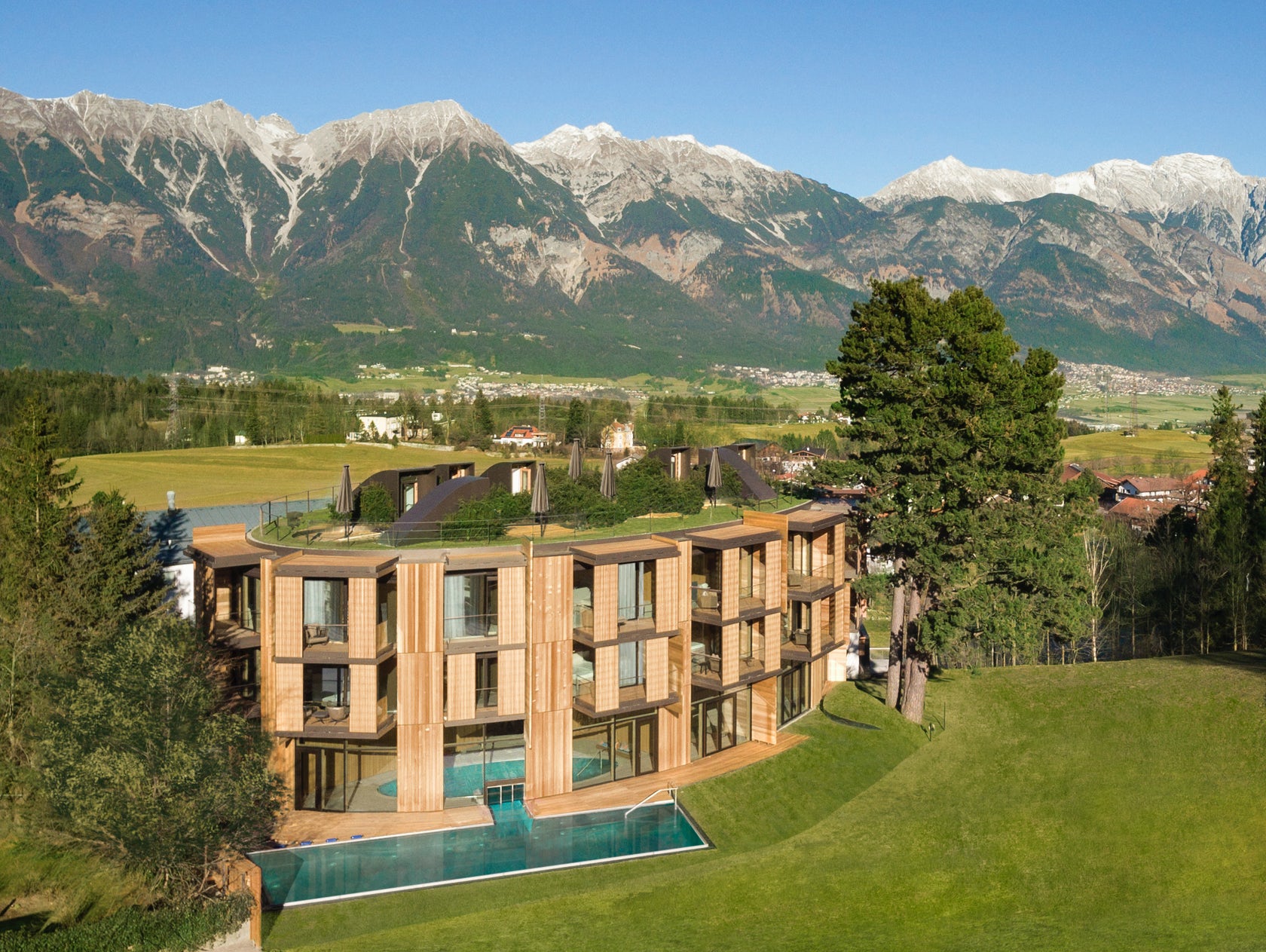
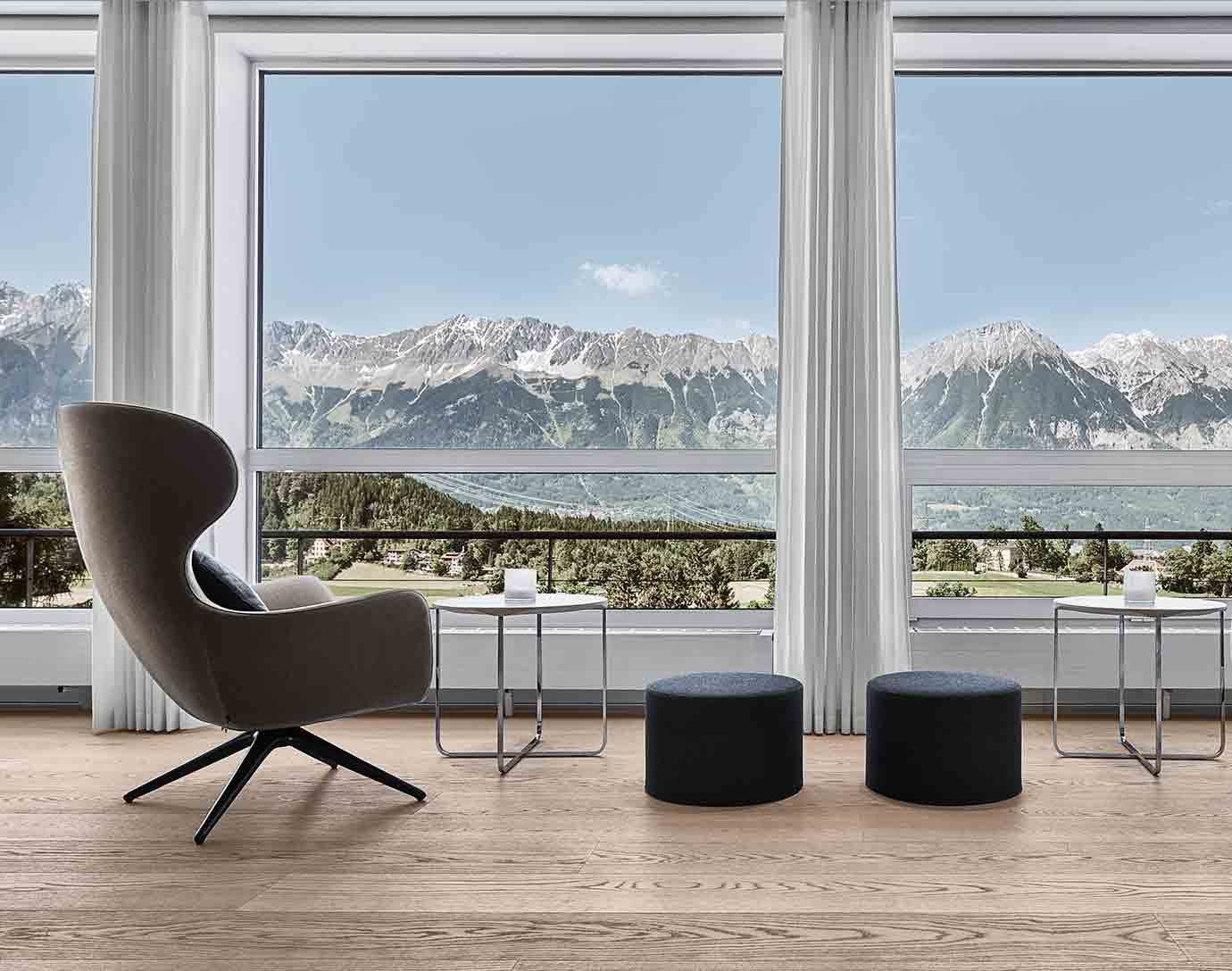
Lanserhof Lans by ingenhoven architects, Kochholzweg, Austria
Designed by sustainability giants ingenhoven architects, the modernization of Lanserhof Lans includes the refurbishment of the existing building and the addition of a modern oval building to the south, providing optimal protection from the wind nestled in the surrounding Alps. A completely planted roof garden invites the surrounding Alpine meadows to the roof of the new building. Natural materials without synthetic finishes and harmonious and plain rooms are the building blocks of this health-promoting architecture.
The building biology credentials include only selected materials are used, such as insulation materials, paints, and varnishes that have been tested under ecological and health criteria. The architecture, with its elegant shapes and subtle colors, is toned down and timeless. Calm and earthy bronze and grey shades and many wooden surfaces support the effect of the medical and therapeutic treatments.
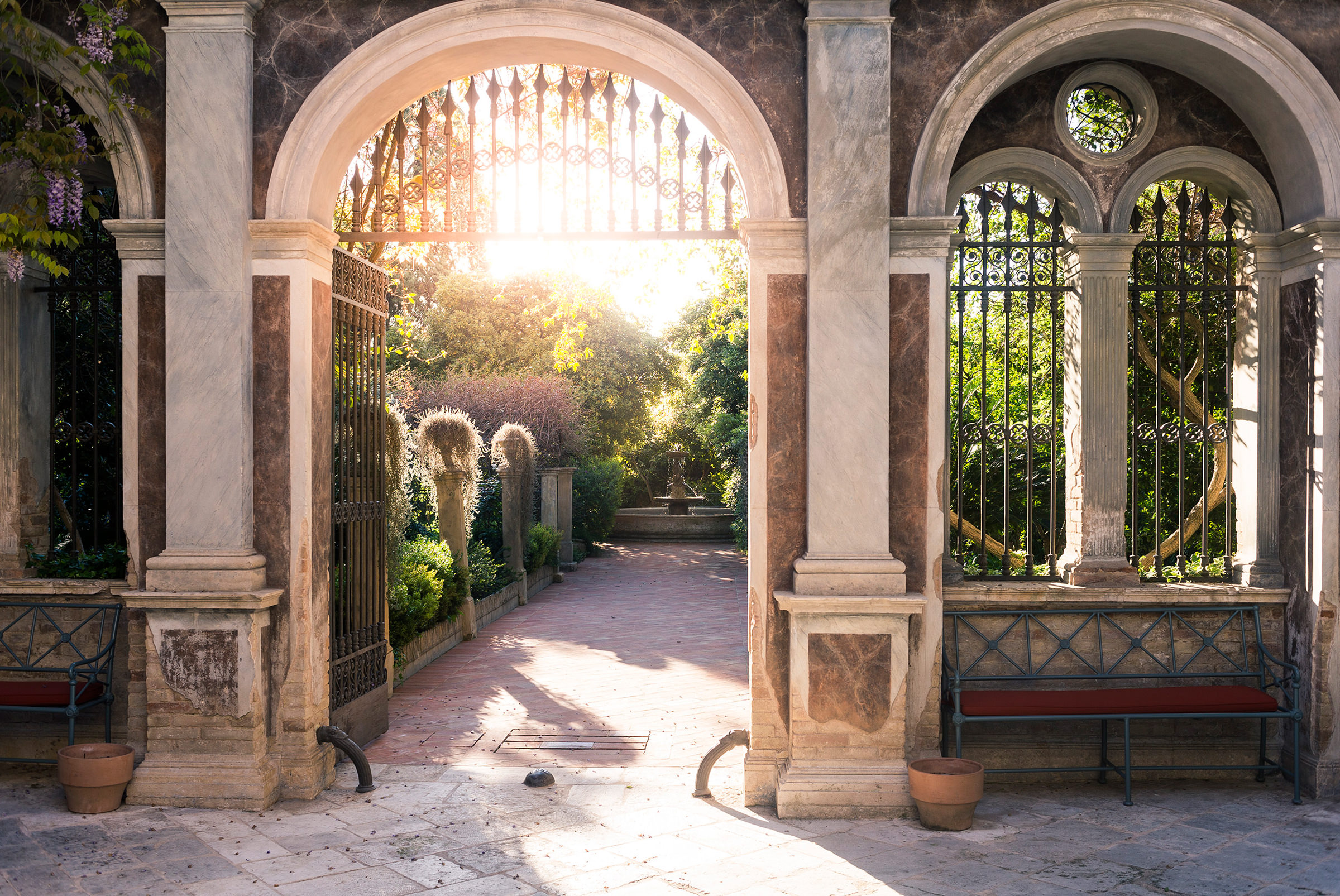
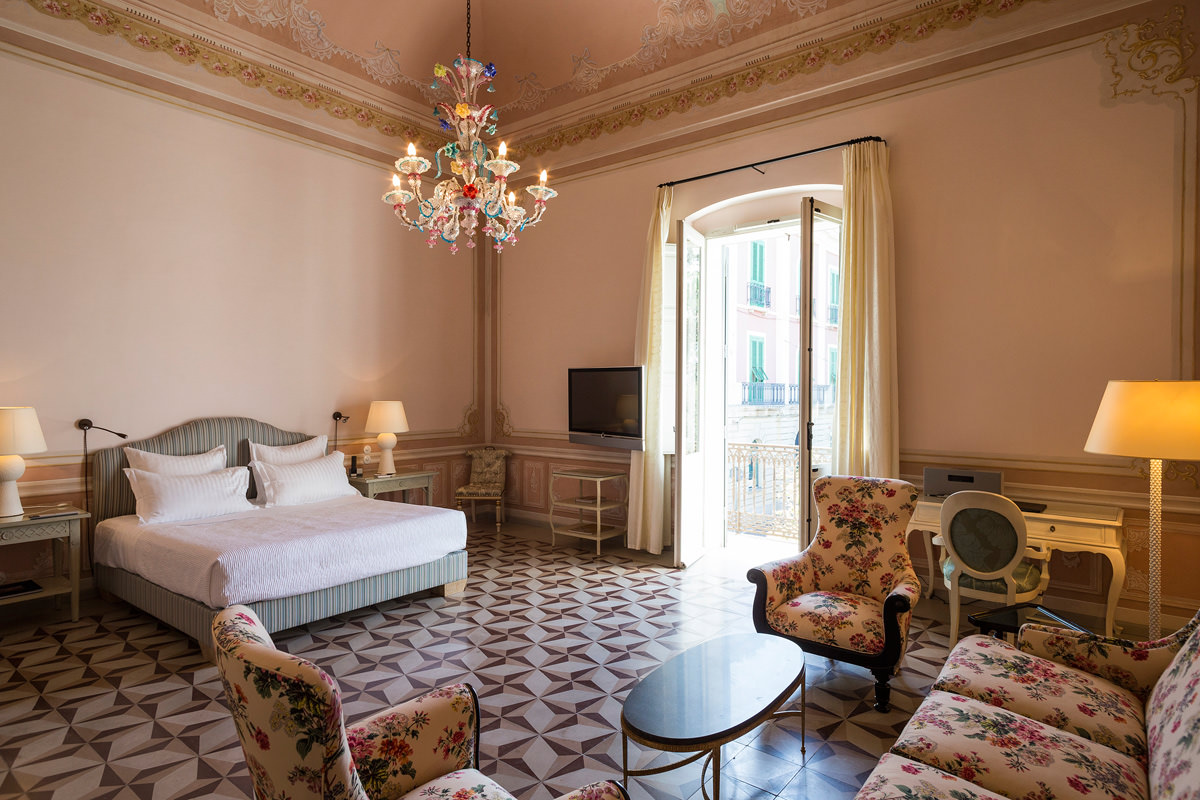
Palazzo Margherita by Jacques Grange, Bernalda, Italy
Palazzo Margherita is a true 19th-century Palazzo. Now a boutique hotel, originally built in 1982, left to decay for years and finally bought and beautifully revived in 2004 by none other than Francis Ford Coppola, French interior designer Jacques Grange and Architect Bart Conterio.
Conterio specializes in sustainable design, bioclimatic architecture, green building and the design of highly energy-efficient buildings. These techniques are woven throughout the construction of the building while tiled floors and hand-painted fresco ceilings bring the familiar Italian sense of family that distinguishes Palazzo Margherita as one of the most charming small luxury hotels in Italy.
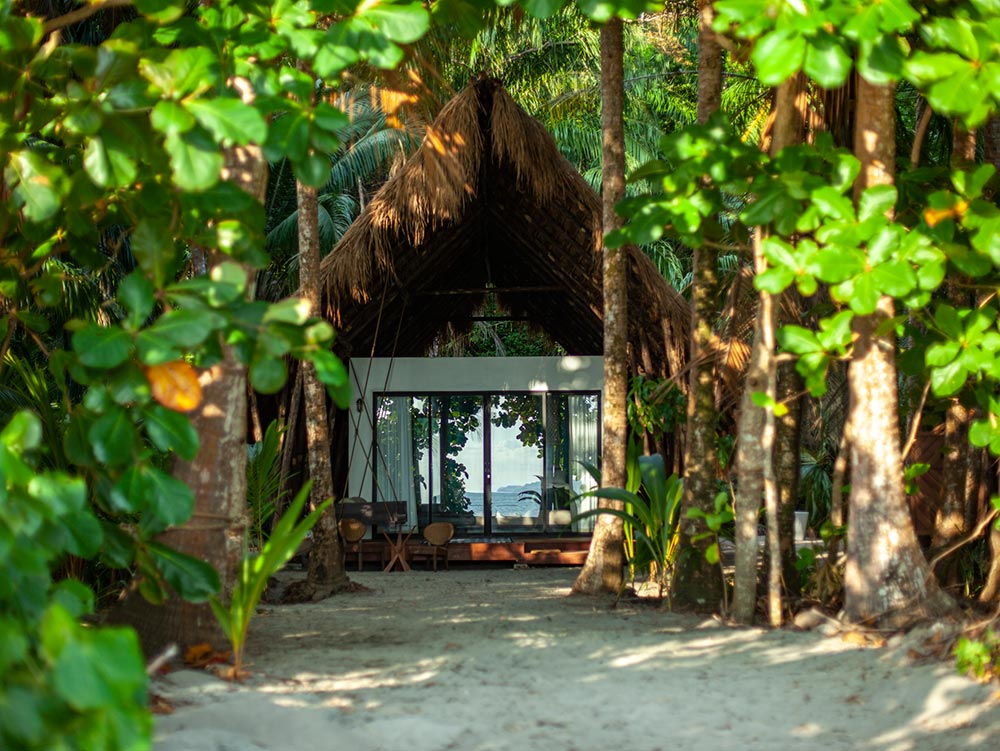
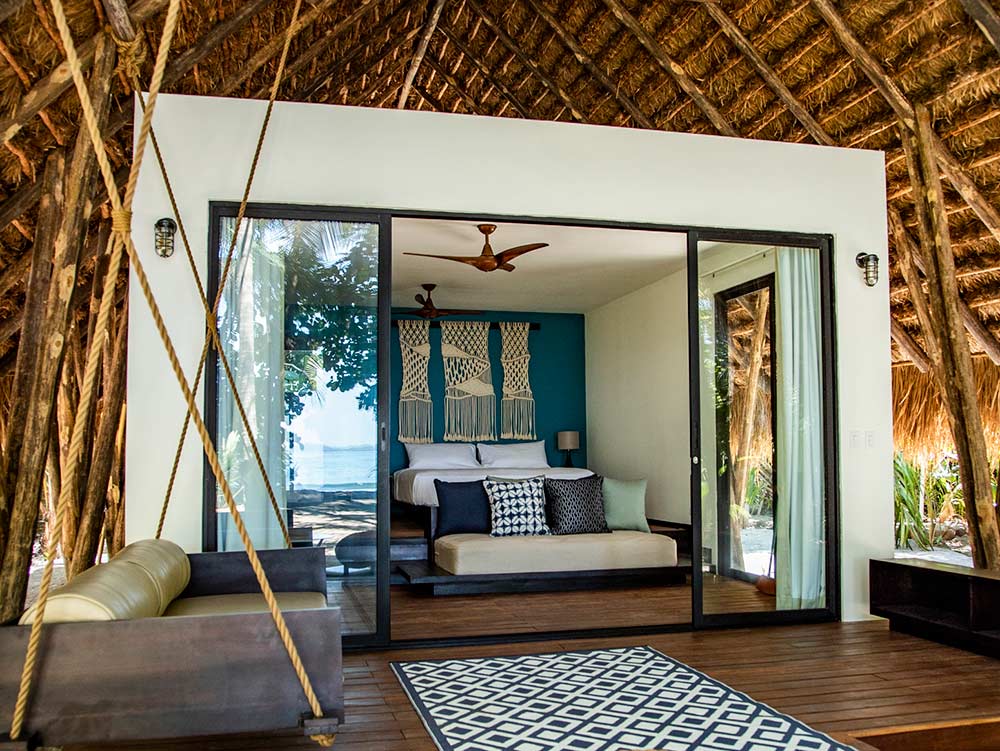
Isla Palenque Resort by Benjamin Loomis, Boca Chica, Panama
Determined to complement and sustain the beautiful untouched Isla Palenque, Benjamin Loomis used ingenious design to create just eight luxury beachfront casitas and one villa on a 400-acre private island resort in the Pacific’s Gulf of Chiriquí.
Utilizing renewable materials, the resort was a sustainable and low-impact construction. Locally-sourced biodegradable products are embraced throughout and all-organic foods are served. The property is staffed by locals and this National Geographic Unique Lodge of the World also invites each guest to plant a tree to counterbalance the impact of their travel.

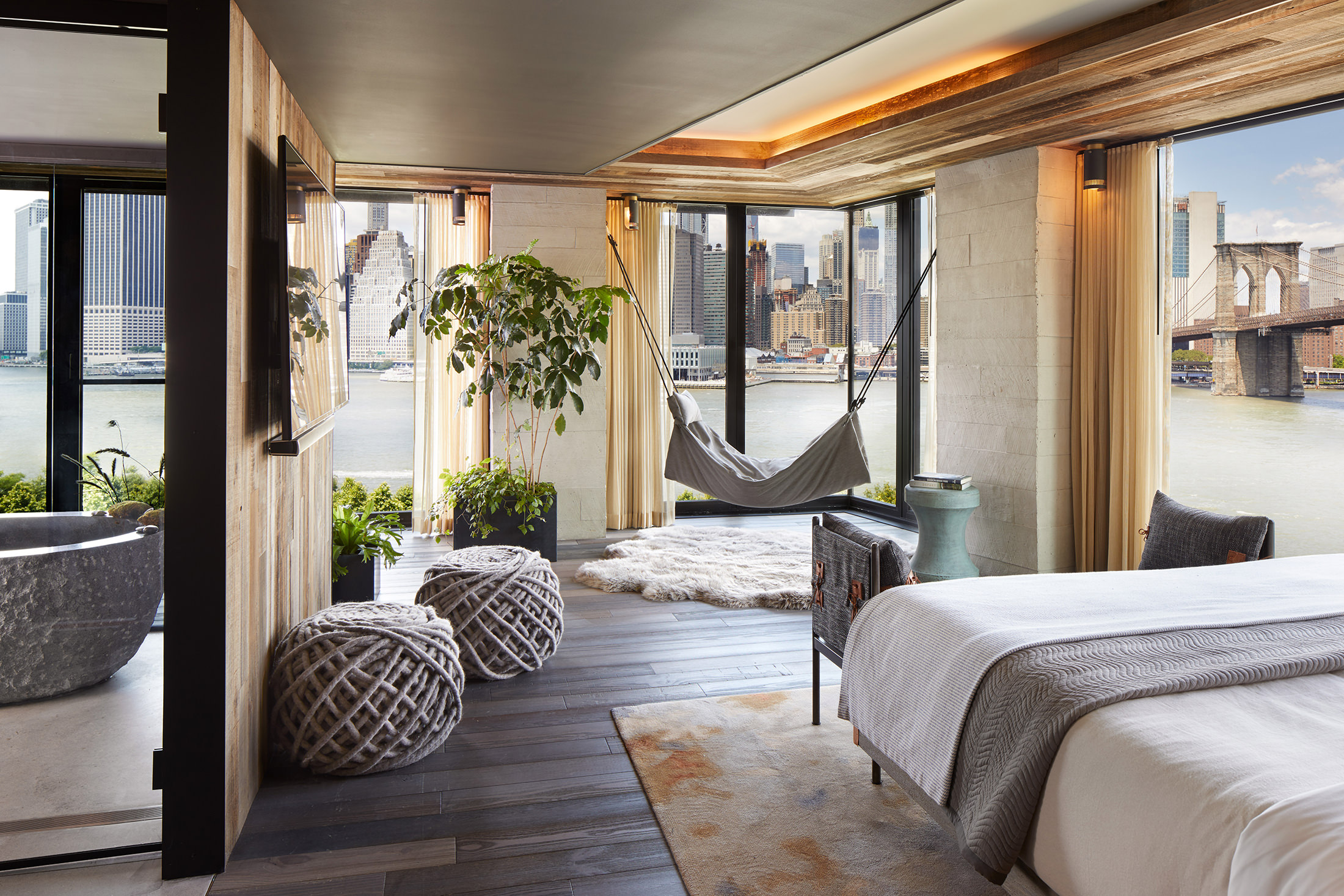
1 Hotel Brooklyn Bridge by INC Architecture & Design, Brooklyn, NY, United States
New York’s 1 Hotel Brooklyn Bridge frames views of Manhattan from the foot of its historic namesake, elegantly capturing an ‘outside-in’ ethos. A LEED-certified project, the building embraces and encourages nature throughout.
A green wall is incorporated in the lobby, as well as moss planters in the guest rooms, reclaimed woods, bricks, marble, stone and locally-sourced glass. Behind the scenes, efficient heating and cooling and rainwater reclamation systems reduce the carbon footprint of this hotel massively.
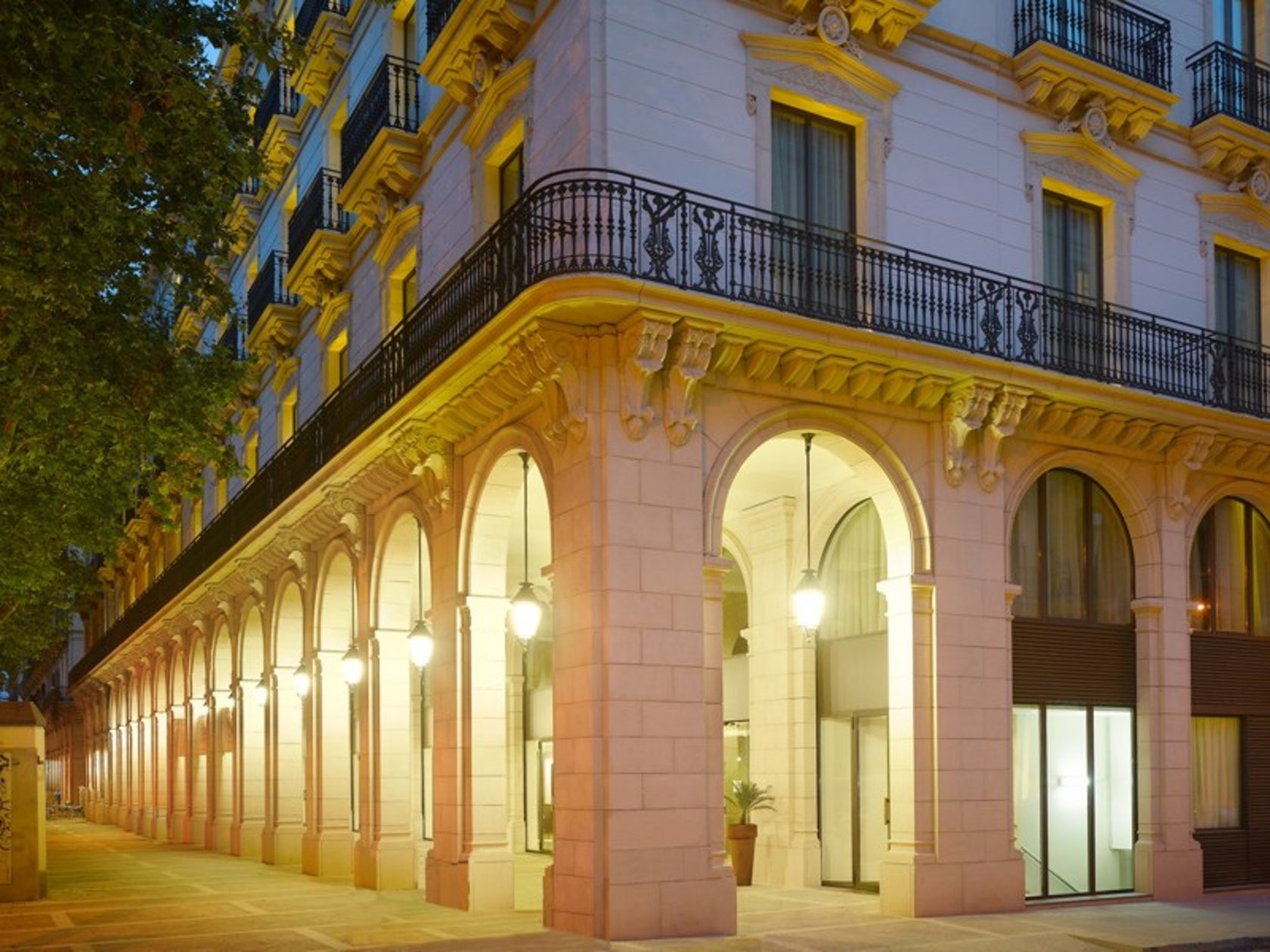
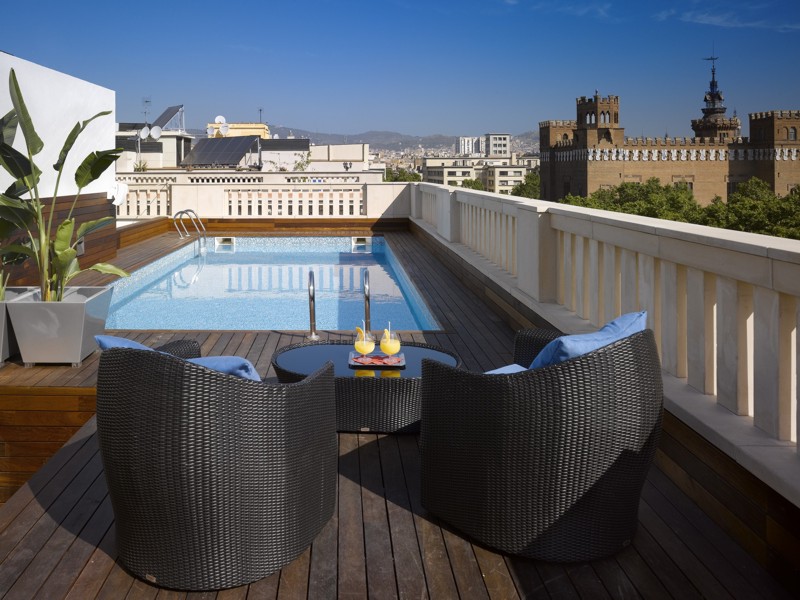
K+K Hotel Picasso by Wortmann Architects, Barcelona, Spain
Sustainability isn’t always about integrating the newest technologies or the latest materials. K+K hotels prove that conservation and repurposing of the existing are equally as important. Integrated into the strict architectural scheme of Picasso Avenue in Barcelona, Hotel Picasso fits seamlessly into the street established by architect Josep Fontseré i Mestres in 1872. This stunning building retains its original materiality and style while being transformed into a luxury boutique hotel.
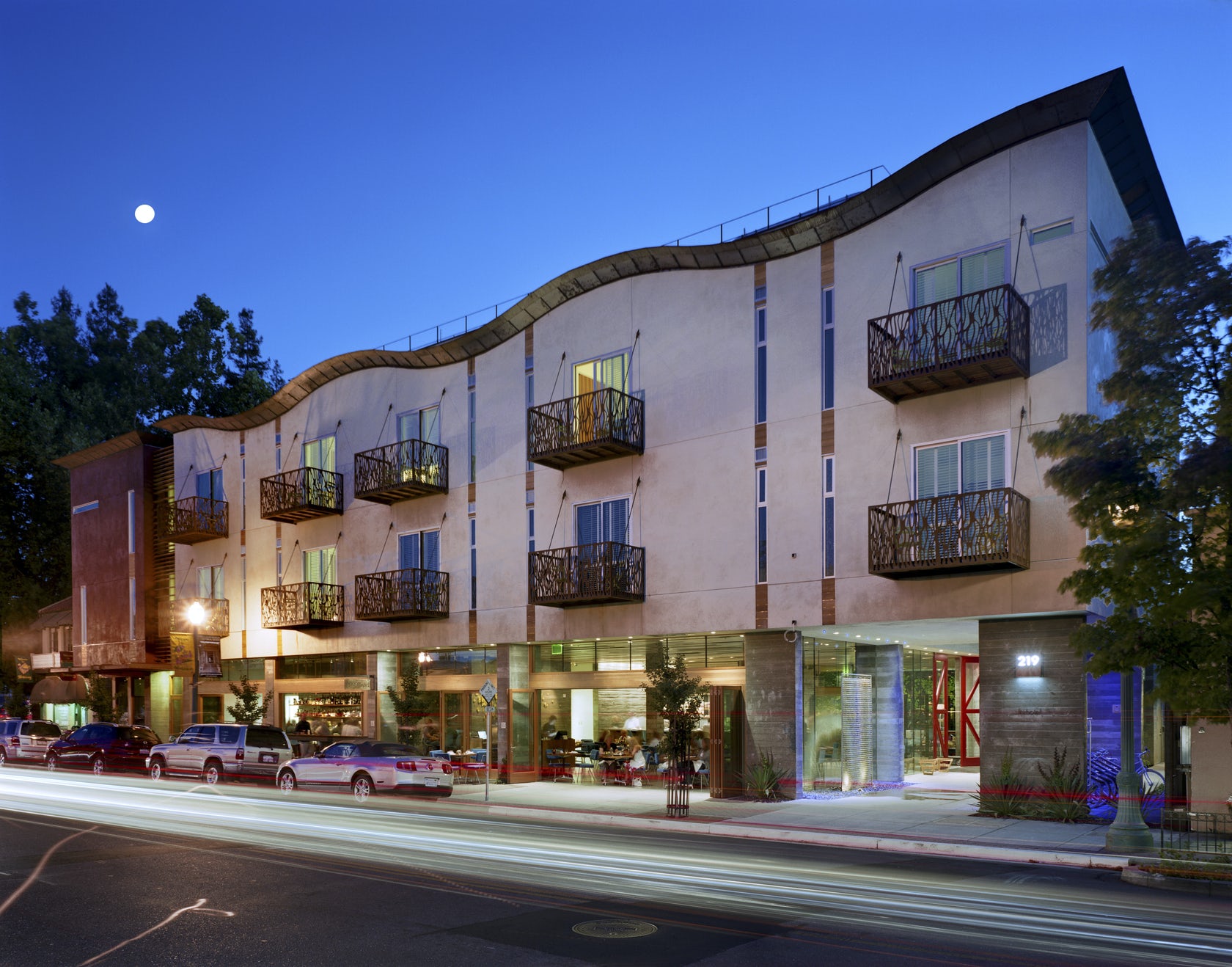
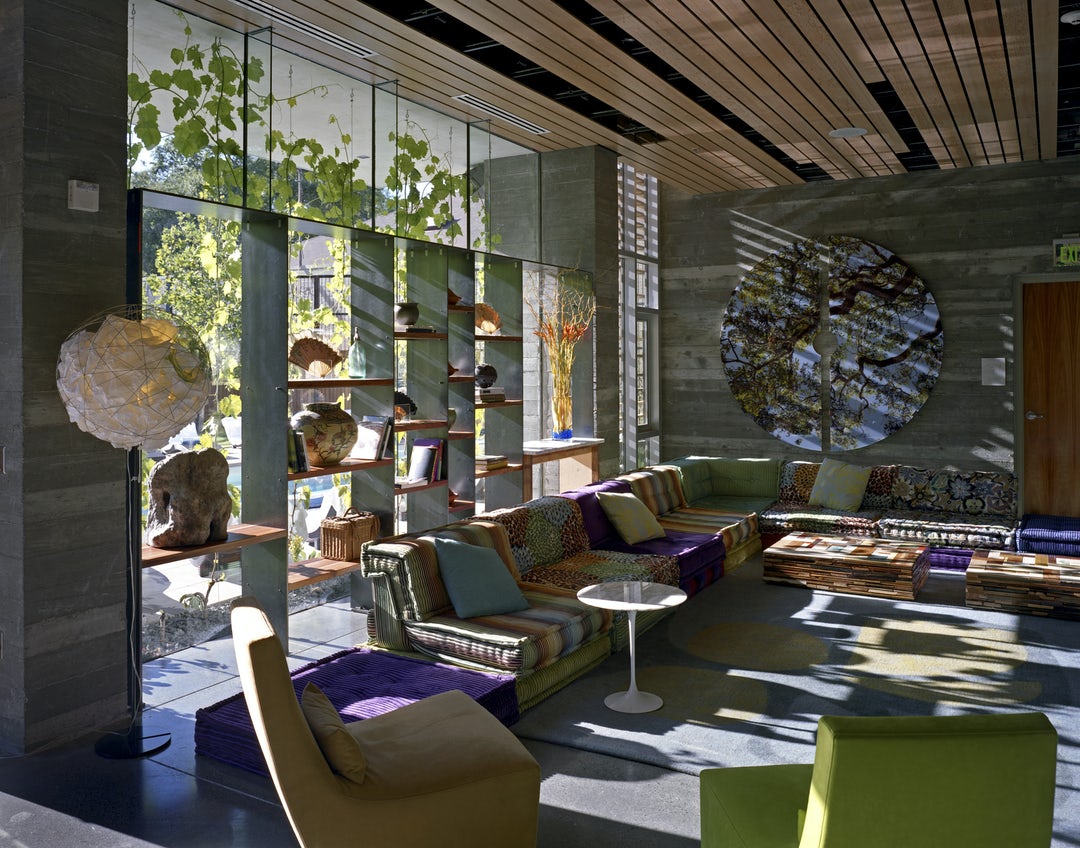
h2hotel by David Baker Architects, Healdsburg, CA, United States
Built on the site of a defunct gas station, h2hotel infuses all aspects of its design, operations and attitude with eco-consciousness. From infrastructure to clothes hangers, from solar heating to what’s on the plate in the restaurant, h2hotel and David Baker Architects thoughtfully crafted every detail of h2 to be gentle on the environment and welcoming to their guests.
Architects: Showcase your next project through Architizer and sign up for our inspirational newsletter.
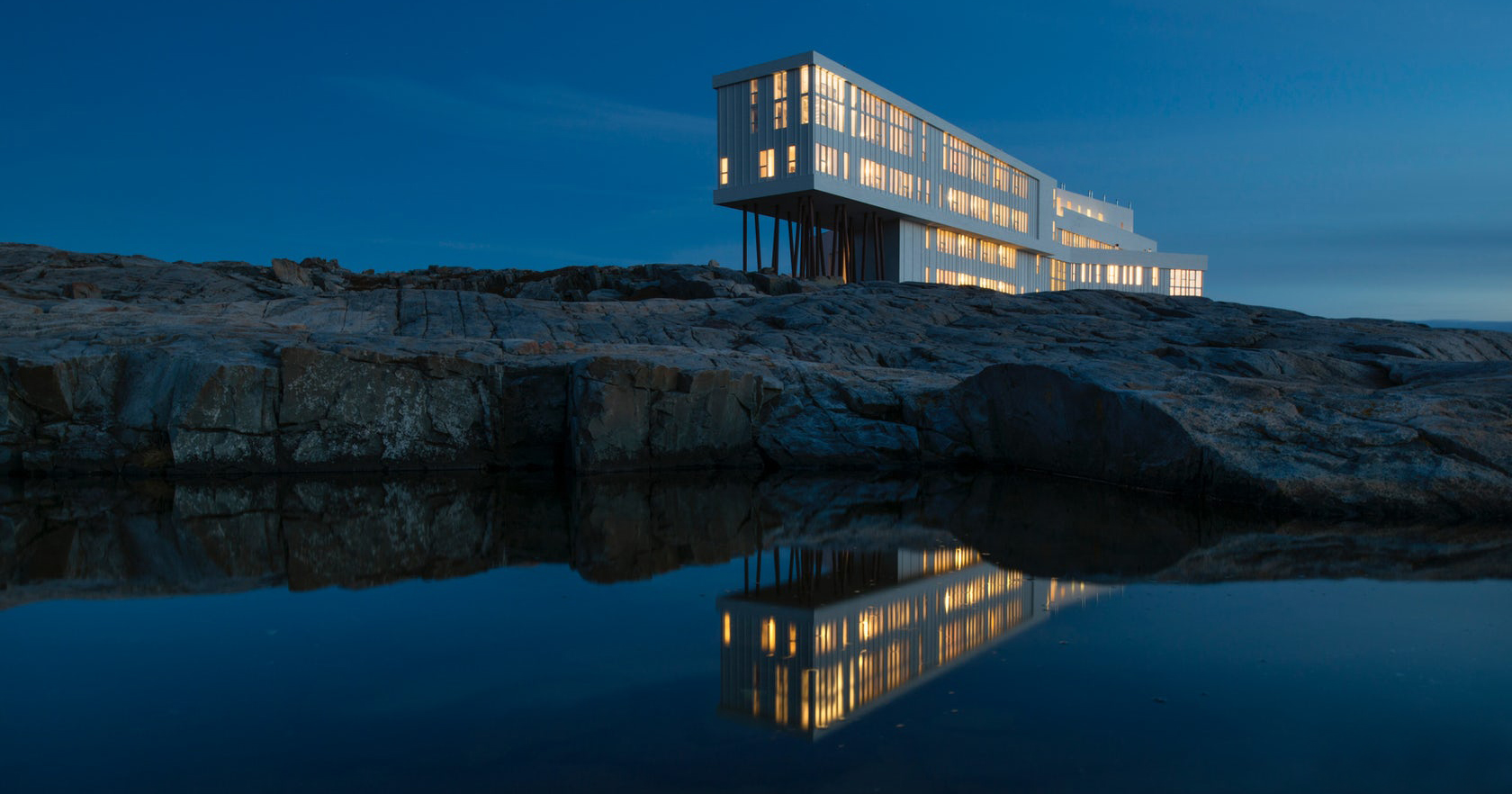
 Fogo Island Inn
Fogo Island Inn  Francis Ford Coppola Luxury Hotel-Palazzo Margherita
Francis Ford Coppola Luxury Hotel-Palazzo Margherita  h2hotel
h2hotel  Hotel Picasso
Hotel Picasso  Isla Palenque Resort
Isla Palenque Resort  Lanserhof, Lans
Lanserhof, Lans  Pierhouse and 1 Hotel at Brooklyn Bridge Park
Pierhouse and 1 Hotel at Brooklyn Bridge Park 